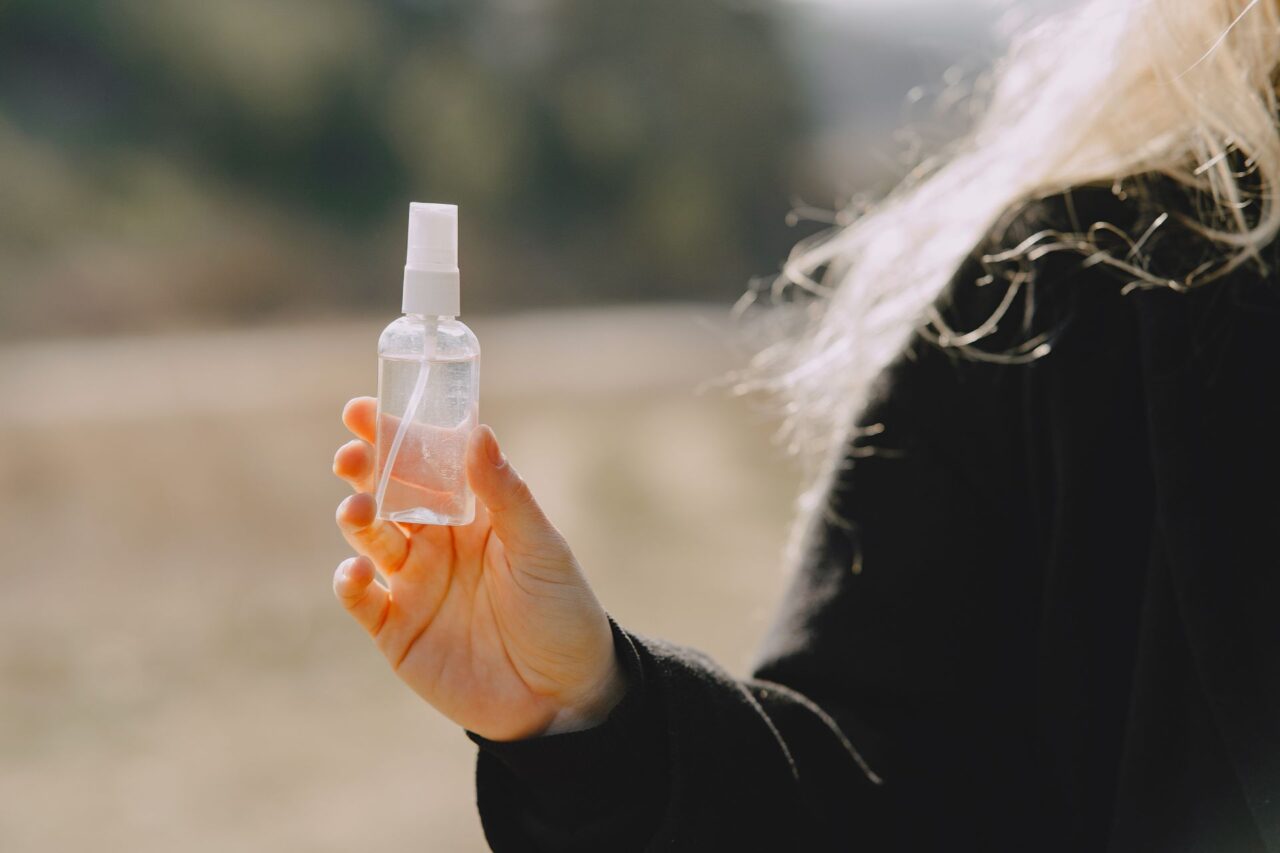Introduction
In today’s world, where hygiene and cleanliness are paramount, understanding the nuances of disinfectants is crucial. Whether you’re at home, in a healthcare facility, or any public space, the choice of disinfectant can significantly impact safety. This article delves into the comparison between two widely used disinfectants: Hypochlorous Acid and Hydrogen Peroxide.

Overview of Disinfectants
Disinfectants play a vital role in eliminating harmful microorganisms from surfaces, thereby reducing the risk of infections. They are chemical agents designed to kill or inactivate bacteria, viruses, and fungi. Understanding their mechanisms of action is essential for effective disinfection strategies.
Breaking Down Disinfectants
Disinfectants come in various forms, each with its unique properties and effectiveness. From alcohol-based solutions to quaternary ammonium compounds, the market offers a plethora of options. However, two prominent disinfectants that often stand out are Hypochlorous Acid and Hydrogen Peroxide.
Understanding Hypochlorous Acid
Hypochlorous Acid, often abbreviated as HOCl, is a weak acid formed when chlorine dissolves in water. It is known for its powerful antimicrobial properties and is widely used in healthcare settings, food processing, and water treatment. Unlike chlorine bleach, which is harsh and toxic, hypochlorous acid is safe for humans and the environment.
Advantages of Hypochlorous Acid
Hypochlorous Acid offers several advantages as a disinfectant. Firstly, it is highly effective against a broad spectrum of microorganisms, including bacteria, viruses, and fungi. Secondly, it is non-toxic and non-irritating, making it safe for use in various settings, including around children and pets. Additionally, it leaves no harmful residues, making it ideal for food preparation areas.
Limitations of Hypochlorous Acid
While hypochlorous acid is a potent disinfectant, it does have some limitations. One of the main drawbacks is its relatively short shelf life, as it tends to degrade over time, especially when exposed to light and air. Moreover, its effectiveness can be reduced in the presence of organic matter, requiring thorough cleaning before application.
Understanding Hydrogen Peroxide
Hydrogen Peroxide, chemical formula H2O2, is another widely used disinfectant with strong oxidizing properties. It is commonly used in healthcare facilities, laboratories, and household cleaning products. Hydrogen peroxide works by releasing oxygen, which damages the cell walls of microorganisms, leading to their destruction.
Advantages of Hydrogen Peroxide
Hydrogen Peroxide offers several advantages as a disinfectant. Firstly, it is highly effective against a wide range of microorganisms, including bacteria, viruses, and spores. Secondly, it decomposes into water and oxygen, leaving no harmful residues behind. Additionally, it is relatively stable and has a longer shelf life compared to some other disinfectants.
Limitations of Hydrogen Peroxide
Despite its effectiveness, hydrogen peroxide also has its limitations. One of the main challenges is its potential to cause skin and eye irritation, especially in higher concentrations. Moreover, it may not be suitable for all surfaces, as prolonged exposure can lead to discoloration or damage.
Comparative Analysis: Hypochlorous Acid vs Hydrogen Peroxide
When comparing Hypochlorous Acid and Hydrogen Peroxide, several factors come into play. Both are potent disinfectants with broad-spectrum antimicrobial activity. However, they differ in terms of safety, stability, and ease of use. Hypochlorous Acid is known for its safety and non-toxic nature, making it suitable for various applications, including wound care and food sanitation. On the other hand, Hydrogen Peroxide, while effective, may pose risks of irritation and requires careful handling. Ultimately, the choice between the two depends on specific requirements and preferences.
Applications in Various Settings
The choice between Hypochlorous Acid and Hydrogen Peroxide depends on the intended application and environmental factors. In healthcare settings, where patient safety is paramount, Hypochlorous Acid may be preferred due to its safety profile and compatibility with medical equipment. In food processing facilities, where hygiene standards are stringent, both disinfectants may find applications, depending on the nature of the surfaces and the level of contamination.

FAQs
What is the difference between Hypochlorous Acid and Hydrogen Peroxide?
- Hypochlorous Acid is a weak acid formed from chlorine, known for its antimicrobial properties and safety, while Hydrogen Peroxide is an oxidizing agent effective against various microorganisms but may cause irritation.
Can I mix Hypochlorous Acid with Hydrogen Peroxide?
- It is not recommended to mix these two disinfectants, as it can lead to chemical reactions and reduce their effectiveness.
Is Hypochlorous Acid safe for use around children and pets?
- Yes, Hypochlorous Acid is non-toxic and non-irritating, making it safe for use around children and pets when used as directed.
How long does Hypochlorous Acid remain effective?
- The effectiveness of Hypochlorous Acid can vary depending on storage conditions, but it generally remains potent for a few weeks to a few months.
Can Hydrogen Peroxide be used on all surfaces?
- While Hydrogen Peroxide is effective against many types of surfaces, it may not be suitable for all materials, as prolonged exposure can cause damage or discoloration.
Is Hypochlorous Acid environmentally friendly?
- Yes, Hypochlorous Acid is considered environmentally friendly, as it breaks down into harmless components after use, leaving no toxic residues.
Conclusion
In conclusion, both Hypochlorous Acid and Hydrogen Peroxide are effective disinfectants with unique properties and applications. While they share similarities in terms of antimicrobial activity, they differ in safety, stability, and compatibility with various surfaces. Understanding these differences is essential for making informed decisions regarding disinfection strategies and ensuring the safety of individuals and environments.




